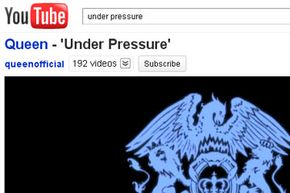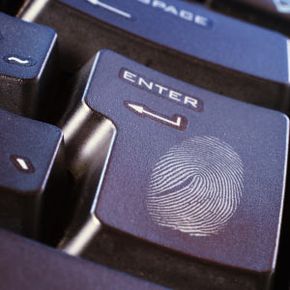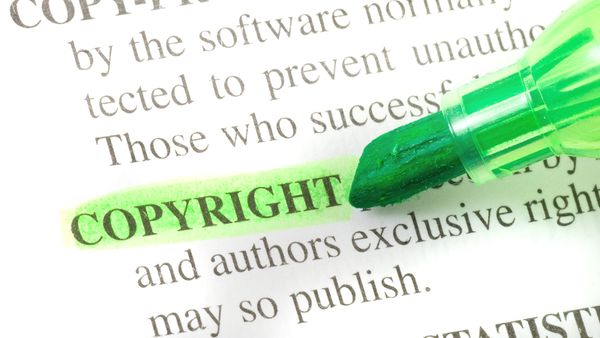Picture this: The classic David Bowie and Queen collaboration "Under Pressure" pops into your head. You haven't heard it in years, and suddenly you can think of nothing but the lyrics. But you can't remember them all, so you instinctively hop online and look up the song and give it a listen. Where do you go first? You could go to iTunes, where you might find the song available as a 99 cent MP3. But instead, you go to YouTube. And then you want to share your find with your friends, so you post a link on Twitter. Within minutes a dozen people are listening to that same song without paying a dime.
This is the kind of situation digital content creators aren't too wild about. Someone owns the rights to most of the content available on the Web, and all too often it's distributed without permission. How can companies monetize something that's so easily (and frequently) duplicated and shared for free?
Advertisement
One answer is a process called digital fingerprinting. Digital fingerprinting technology relies on complex computer-driven analysis to identify a piece of media like a song or video clip. Here's where the fingerprint analogy is born: Just like every person has a unique fingerprint, every piece of media has identifying features that can be spotted by smart software. But what good does this kind of identification really do? Sites like YouTube can scan files and match their fingerprints against a database of copyrighted material and stop users from uploading copyrighted files. Sounds simple, right? Surprisingly, people often confuse digital fingerprinting with watermarking or don't have a clear picture of what the technology entails.
Part of the problem is that the term "digital fingerprinting" can actually refer to two entirely different things. The first meaning we've already covered, but the second works from a more traditional fingerprint analogy, equating your personal computer to an online fingerprint that can be used to track your online activity. Both concepts refer to a unique identifier, but with completely different functionalities -- this second meaning has nothing to do with spotting copyrighted songs or videos. Neither one involves scanning real fingerprints, but they're pretty cool technologies anyway. Let's take a look at how they work.
Advertisement





